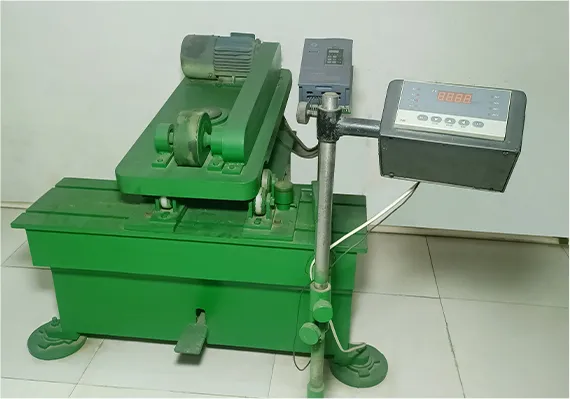 Afrikaans
Afrikaans  Albanian
Albanian  Amharic
Amharic  Arabic
Arabic  Armenian
Armenian  Azerbaijani
Azerbaijani  Basque
Basque  Belarusian
Belarusian  Bengali
Bengali  Bosnian
Bosnian  Bulgarian
Bulgarian  Catalan
Catalan  Cebuano
Cebuano  Corsican
Corsican  Croatian
Croatian  Czech
Czech  Danish
Danish  Dutch
Dutch  English
English  Esperanto
Esperanto  Estonian
Estonian  Finnish
Finnish  French
French  Frisian
Frisian  Galician
Galician  Georgian
Georgian  German
German  Greek
Greek  Gujarati
Gujarati  Haitian Creole
Haitian Creole  hausa
hausa  hawaiian
hawaiian  Hebrew
Hebrew  Hindi
Hindi  Miao
Miao  Hungarian
Hungarian  Icelandic
Icelandic  igbo
igbo  Indonesian
Indonesian  irish
irish  Italian
Italian  Japanese
Japanese  Javanese
Javanese  Kannada
Kannada  kazakh
kazakh  Khmer
Khmer  Rwandese
Rwandese  Korean
Korean  Kurdish
Kurdish  Kyrgyz
Kyrgyz  Lao
Lao  Latin
Latin  Latvian
Latvian  Lithuanian
Lithuanian  Luxembourgish
Luxembourgish  Macedonian
Macedonian  Malgashi
Malgashi  Malay
Malay  Malayalam
Malayalam  Maltese
Maltese  Maori
Maori  Marathi
Marathi  Mongolian
Mongolian  Myanmar
Myanmar  Nepali
Nepali  Norwegian
Norwegian  Norwegian
Norwegian  Occitan
Occitan  Pashto
Pashto  Persian
Persian  Polish
Polish  Portuguese
Portuguese  Punjabi
Punjabi  Romanian
Romanian  Russian
Russian  Samoan
Samoan  Scottish Gaelic
Scottish Gaelic  Serbian
Serbian  Sesotho
Sesotho  Shona
Shona  Sindhi
Sindhi  Sinhala
Sinhala  Slovak
Slovak  Slovenian
Slovenian  Somali
Somali  Spanish
Spanish  Sundanese
Sundanese  Swahili
Swahili  Swedish
Swedish  Tagalog
Tagalog  Tajik
Tajik  Tamil
Tamil  Tatar
Tatar  Telugu
Telugu  Thai
Thai  Turkish
Turkish  Turkmen
Turkmen  Ukrainian
Ukrainian  Urdu
Urdu  Uighur
Uighur  Uzbek
Uzbek  Vietnamese
Vietnamese  Welsh
Welsh  Bantu
Bantu  Yiddish
Yiddish  Yoruba
Yoruba  Zulu
Zulu rollers and idlers
Rollers and Idlers Essential Components in Conveyor Systems
In the realm of material handling and transportation, rollers and idlers play critical roles in ensuring the efficient movement of goods across various industrial settings. These components are integral to conveyor systems, which are widely utilized in manufacturing, logistics, and distribution industries. Understanding the function and importance of rollers and idlers can help organizations optimize their operations and maintain productivity.
Rollers are cylindrical components that facilitate the movement of materials along the conveyor belt. They are typically mounted horizontally and provide the necessary surface for the conveyor belt to glide smoothly. The design of rollers varies widely, with options including flat, tapered, or crowned surfaces, each suited for different applications. For instance, flat rollers are ideal for general-purpose use, while crowned rollers help in aligning the belt and preventing it from drifting off track.
Idlers, on the other hand, are rollers that do not drive the conveyor belt but rather support it and help maintain its tension. They are strategically placed along the conveyor system to reduce friction and wear on the belt while providing structural support. By keeping the belt taut, idlers prevent sagging and potential material rollback, which can lead to inefficient operations and increased maintenance costs.
rollers and idlers

The selection of appropriate rollers and idlers is crucial for maximizing the efficiency and lifespan of a conveyor system
. Factors such as load capacity, speed, and environmental conditions must be considered to ensure optimal performance. High-quality materials, such as steel or high-density polyethylene, are often used to manufacture these components, as they provide durability and resistance to wear and tear.Additionally, regular maintenance of rollers and idlers is essential to keep conveyor systems running smoothly. This includes checking for signs of wear, ensuring proper alignment, and lubricating moving parts. Neglecting maintenance can lead to costly downtimes and repairs, underscoring the importance of a proactive approach to equipment management.
In conclusion, rollers and idlers are vital components of conveyor systems, supporting efficient material transportation in various industrial sectors. Their proper selection and maintenance not only enhance operational efficiency but also contribute to the longevity of the equipment. As industries evolve and demands increase, the role of these components will remain pivotal in facilitating the seamless flow of goods and materials. Organizations that invest in high-quality rollers and idlers will find themselves better positioned to meet the challenges of an ever-changing marketplace.
-
Revolutionizing Conveyor Reliability with Advanced Rubber Lagging PulleysNewsJul.22,2025
-
Powering Precision and Durability with Expert Manufacturers of Conveyor ComponentsNewsJul.22,2025
-
Optimizing Conveyor Systems with Advanced Conveyor AccessoriesNewsJul.22,2025
-
Maximize Conveyor Efficiency with Quality Conveyor Idler PulleysNewsJul.22,2025
-
Future-Proof Your Conveyor System with High-Performance Polyurethane RollerNewsJul.22,2025
-
Driving Efficiency Forward with Quality Idlers and RollersNewsJul.22,2025





























